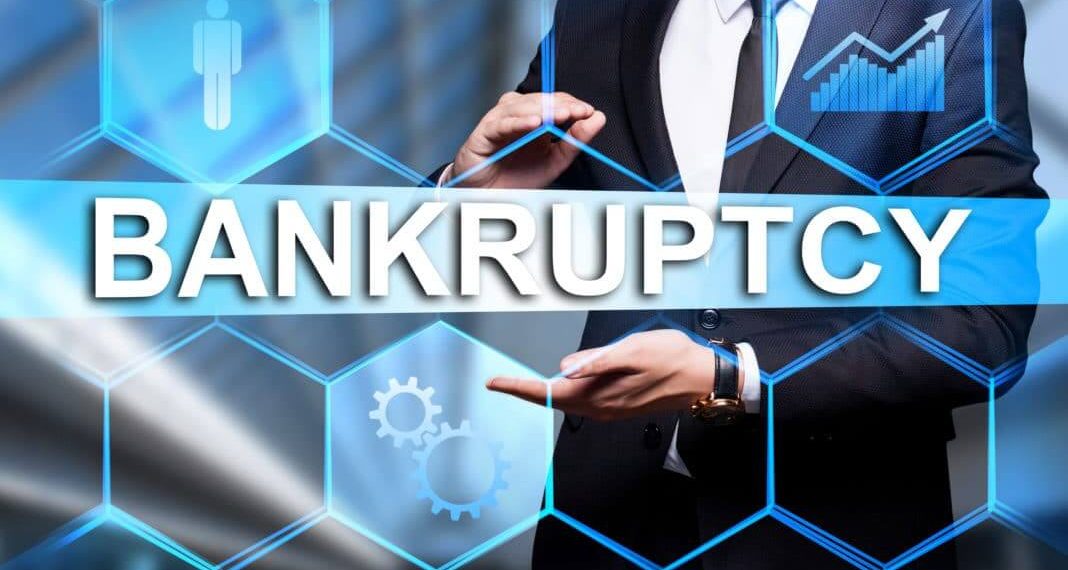As if dealing with debt isn’t hard enough, there’s also the fact that the amount owed will just keep growing — especially if you find yourself falling behind on payments. The more interest accumulates, the more difficult it becomes to get a handle on your debts.
This is why so many Americans have found themselves in the stressful position of wondering how exactly they will get out of debt. While bankruptcy may seem like the only solution left, or like a “get out of debt free” card, it’s definitely worth considering all the alternatives first — like these three.
Table of Contents
Why It Usually Pays to Avoid Bankruptcy
As tempting as it may sound to discharge your debts and start anew, it’s important to know how long bankruptcy will damage your credit history. Hint: Think seven to 10 years, depending on whether you file for Chapter 7 or Chapter 13 bankruptcy. Under the former, you may have to sell off some or all of your assets to satisfy creditors. Under the latter, you’ll still need to work out a repayment plan for many of your debts.
Furthermore, some types of debts — like certain student loans, alimony, child support and more — are actually ineligible for discharge under bankruptcy.
And, of course, it’ll be harder to secure credit, especially lines with reasonable interest rates, in the wake of a bankruptcy.
These consequences illustrate why it’s worth first exploring your other options before filing.
Potential Bankruptcy Alternatives to Explore
How you go about dealing with your debts depends on their amounts and types, as well as factors like your income and credit score. Here are three common alternatives that have helped thousands of people avoid bankruptcy.
Debt Consolidation Loan
If your credit is solid, you may be able to take out a debt consolidation loan from a credit union, bank or online lending company. The trick is ensuring paying back the loan will cost you less in interest than trying to pay back your current debts would. Plus, since you’ll use the loan funds to pay off your other debts in one go, you’ll only have to remember to make a single payment each month — so it’s simpler, too.
Avoid the pitfall of taking out a loan with a term so long that you actually end up paying more in interest over the years. It’s also important to make sure you’re only ever accepting a loan from a reputable lender; beware of scams.
Debt Settlement Program
Debt settlement aims to reduce the actual amount you owe, rather than just cut back on interest. It’s often possible to strike a deal with creditors, who may be amenable to getting some repayment rather than having you default on what you owe. Enrolling in a settlement program means professionals will handle these negotiations on your behalf, while some consumers decide to pick up the phone and try to reach an agreement on their own.
There are potential risks and rewards here, and this strategy is generally recommended for those who are struggling to even make minimum payments and who are holding at least $7,500 in unsecured debts — like medical bills and/or credit cards. If your debts are successfully settled through a program, you’ll owe a percentage of the settlement to the company as a fee.
Debt Management Plan (DMP)
A credit counselor may float a DMP as an option, which would mean making your payments through their agency rather than directly to creditors. The potential reward? Creditors may be willing to bring down interest rates and waive fees if you stick to the terms of a DMP over three to five years.
You may have to close certain credit accounts, or at least avoid racking up new charges on your credit cards for the duration of a DMP. Be aware there are also usually initial and recurring fees on DMPs.
Considering these three bankruptcy alternatives before filing will help you choose the solution best suited to your financial situation.

